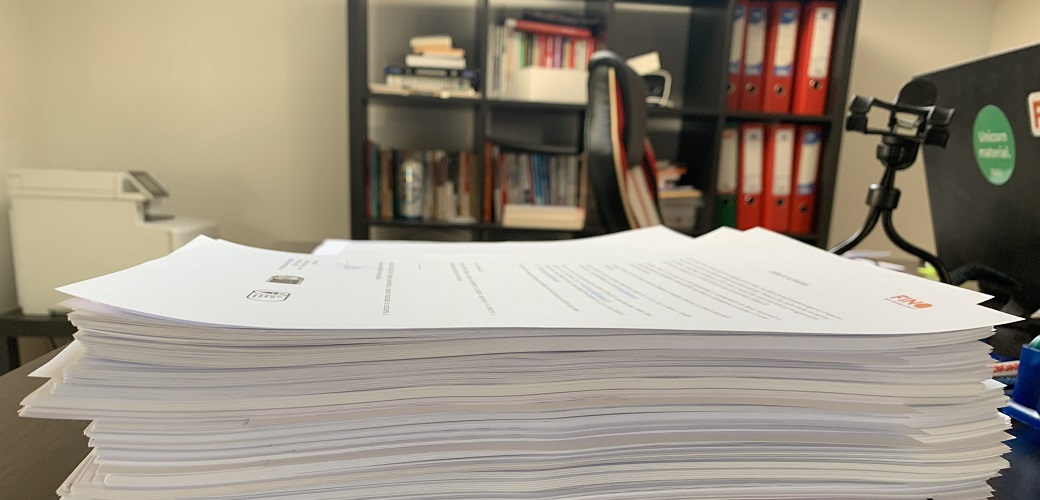
How to streamline your digital lending process and increase your credit scoring accuracy through open banking data – an article written by Finqware
Open banking is bound to change the face of finance forever. Most financial institutions have now reached baseline with open banking, that is to say, the development of account aggregation within mobile apps.
The next step is for banks and financial institutions to begin deriving value from their use of bank data. We are now seeing new services being launched by banks and Fintechs that will allow financial institutions as well as consumers to reap the rewards bank data can provide.
In this article, we aim to highlight one of the most straightforward use cases of driving value from open banking data: customer risk assessment. This means assessing the affordability of a customer, by assessing its income level and its spending behaviour.
Income plays a central part in the lending decision — and not being able to accurately and quickly input an applicant’s income is a major challenge. It is also critical for income to be established prior to the awarding of credit in order to ensure they are lending responsibly and offsetting any future risk of bad debt.
Open banking data can provide the most accurate and real-time depiction of a credit applicant’s income, in terms of seconds.
Problem & solution: Most large players in industries such as banking, leasing, telecom or utilities are more and more confronted with challenges such as price and profit erosion, increasing operational costs, thick credit files and increasing bad debt. Income verification through open banking will address these challenges as follows:
1. Increasing assessment accuracy — real-time data, 1-year history, 360 degrees overview of an applications income sources
2. Reducing operational costs: customer consents to aggregating its bank accounts history and allows the bank to access a summary of its income transactions and a set of pre-calculated indicators
3. Increasing conversion rates — 40% of all credit applicants income cannot be proven by hard checks against fiscal authorities; with open banking, these applicants income can be captured from all their bank accounts transactions
4. Enhancing customer experience — self-services, secure and simple process for the end-user, transparency and speed.
Indicators that can be calculated based on open banking data:
– Income stability
– Income variance
– Multiple income sources; more than just salaries
– Filtering and deciding income sources to be used for assessments
Consumer credit example: This is a simplified example of a digital credit solution for financing the acquisition of a device in installments. The solution proposes a quick and reliable digital flow for an eCommerce to offer any consumer the right credit for their desired devices. This can be embedded in any digital sales and new customer onboarding solution as a fully digital step without the need to take the credit vetting process offline in a back-office team.
Briefly, the flow would be:
1. Customer chooses and orders the preferred device in the eshop
2. Customer fills in personal details and provides ID
3. The eshop platform automatically redirects the customer to a platform where he can provide consent for connection to his bank accounts
4. The open banking aggregator connects to bank accounts and retrieves financial data
5. Financial data such as recurrent account inflows (incomes), monthly spending levels and other liabilities can be computed into debt to income ratio and enriched with demographic data to calculate a risk score
6. Once the risk score is calculated, the customer is prompted with an adjusted level of installments or with the request for a different upfront payment or guarantee
The solution for improved credit score for device financing would be based on linking open banking data and self-declared demographic data, under a data enrichment layer of cluster and predictive analysis. The higher the number of users with a given consent to the platform, the more valuable this infrastructure is.
If you want to find out more and be a part of a discussion on this topic, don’t miss our Open Banking Meet-up #6 on 9th of June 2021.

Banking 4.0 – „how was the experience for you”
„To be honest I think that Sinaia, your conference, is much better then Davos.”
Many more interesting quotes in the video below: